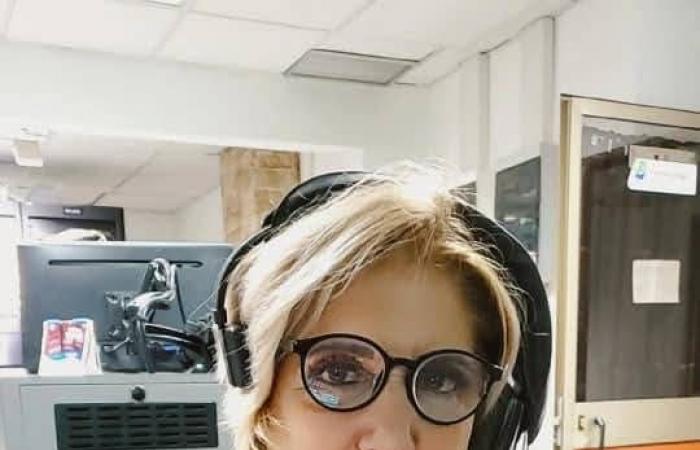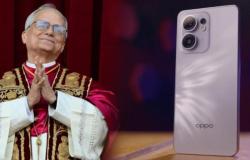Xiomara Blanco has a prominent place in the current dramatic panorama thanks to multiple television proposals, including soap operas Martín Rivas —Your first completion, starring Patricio Wood and Yolandita Ruiz; Antoniawith Odalys Fuentes in the main role, accompanied by Mabel Roch, Tahimí Alvariño, Nancy González and Miguel Ángel Céspedes; El Naranjo del Patioby Gerardo Fernández, where Miguel Navarro offered a memorable interpretation of Lito; and TTierra Bravabased on a radiovela by Dora Alonso. These are just some of the many productions that enriched the small screen under its direction.
His career goes beyond soap operas. Xiomara has directed stories, television and children’s plays such as Beauty and the beast y Aladdin. He was also in charge of the spots series For lifeas well as public good campaigns against HIV/AIDS and in favor of energy savings. Even ventured into humor with Everything in apothecary.
Recently, the documentary filmmaker Marilú Macías presented at the Riviera de la Audiovisual cinema A part of my lifededicated to the outstanding television director. Motivated to learn more about the documentary, I talked to its creator.
“What prompted you to make this documentary?”
—Xiomara Blanco is one of the directors I admire the most. It is talented, organized, cultured. From my point of view, it has been something forgotten following your illness. I felt that he deserved to be remembered with a documentary that exalted his work. It was a way to perpetuate his legacy.
“What aspects did you decide to stand out?”
“On his work, which is very vast.” Xiomara had a radio stage with notable achievements as director, and her passage on television was very happy and prolific. As Patricio Wood said in an interview: “The time came when Xiomara put a camera to all his projects.”
“What kind of music did you employ as accompaniment?”
“I didn’t use specific music.” I supported myself mainly on the original presentation of his works. It was not music expressly composed for the documentary.
“Who did you include as testimony?”
—At 28 people: actors who worked with her, producers, soundists … Everyone highlighted not only their creativity, but also their human quality, their understanding and disposition to help others. The documentary lasts 58 minutes.
—What institution supported production?
—The Cuban radio and television producer, with the constant support of the Union of writers and artists of Cuba (UNEAC). Xiomara was vice president of the UNEAC Film, Radio and Television Association. Although his step was brief, he left a significant mark.
“We know you have a solid career as a documentary filmmaker.” What other jobs have you done?
“This is my seventh documentary.” The first was about Félix Varela, although unfortunately he did not resist the passage of time and there was no record. I have dedicated others to Villa Soberón, national Prize for Plastic Arts; To the Indian Naborí, A Flara Fong and actress Verónica Lynn. Most of them have been about national prizes deserving. I also worked on the program When a womandedicated to Cuban females and families, with which he obtained several recognitions.
“Some anecdote of the premiere day?”
“I felt very happy with the good reception and impact.” Among the members of the UNEAC, it has begun to talk about the need to rescue and make visible the work of figures that marked the Cuban media and culture and that today are a bit relegated. Xiomara is very excited: many people have communicated with her, and that fills her with life, feeling remembered and dear.
—All to highlight the interviews within the documentary?
—The interviews with Xiomara were made by the radio and television director Bruno Suárez. Each response was a master class on television direction. I did the rest of the interviews. In all, the testimony agreed to highlight their particular direction style.
“Do you think this documentary can have a didactic function?”
 -Absolutely. I think it should be seen by the graduates of the Faculty of the Arts of the Audiovisual Communication (FAMCA). He teaches a lot about the challenges and complexities of the work of a television director.
-Absolutely. I think it should be seen by the graduates of the Faculty of the Arts of the Audiovisual Communication (FAMCA). He teaches a lot about the challenges and complexities of the work of a television director.
“Where can you see soon?”
—It is planned to be transmitted by Cubavission and possibly also by the educational channel, which would be very beneficial.
“What other projects are you working on?”
—I do not advance too much, but I am preparing a project dedicated to Ana Gloria Buduén, a renowned Santiago actress with a very interesting life story, worthy of being told in an audiovisual.
Documentaries are increasingly common, and rightly. They allow us to discover the magnitude of an artistic work, revive the beginnings of those who marked our media and meet again with creators who, such as Xiomara Blanco, dedicated an essential part of their life to the small screen.






